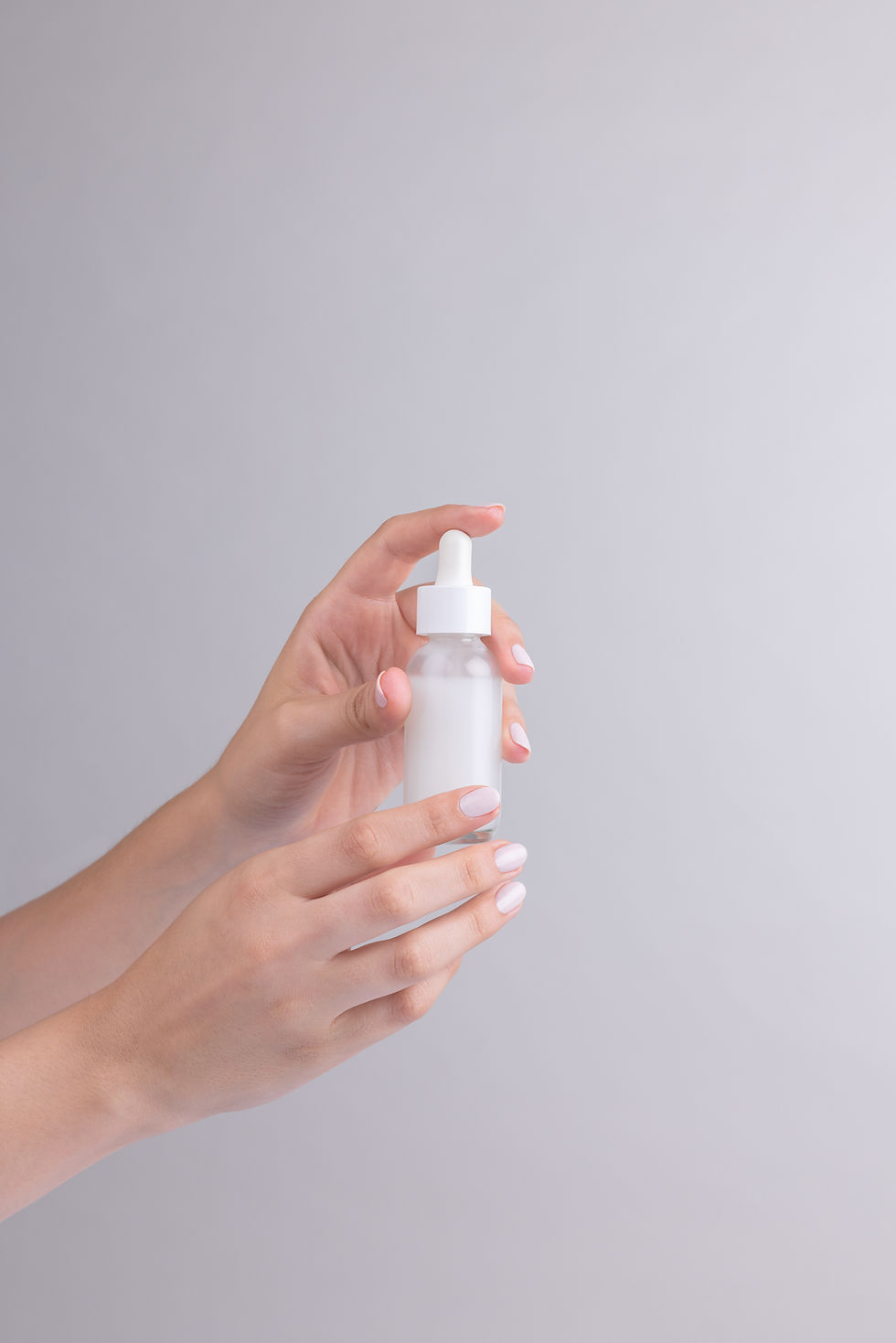In today’s crowded e-commerce landscape, where every brand is vying for consumer attention, high-quality product photography is more than just an eye-catching accessory; it can be the deciding factor in a purchase. Imagine scrolling through a D2C website, and the first thing that captures your eye is a stunning image of a product that seems to jump off the screen. This is the power of quality photography. It influences buyer emotions, builds trust, and can significantly boost sales.
In this post, we will explore how quality product photography can drive your D2C success.
Why Product Photography Matters
When potential customers visit a D2C website, the product photos are often the first point of interaction. High-quality images can tell a captivating story and elicit strong feelings that propel consumers toward purchase decisions.
For example, a study by Adobe found that 67% of consumers say the quality of a product image is very important when selecting and purchasing a product. Clear, well-lit images allow consumers to inspect products from multiple angles, instilling confidence in their decisions. Conversely, blurry or poorly lit photos can create doubt and may result in abandoned carts.

Brands that prioritize high-quality visuals see an increase in conversion rates. For instance, a report from the Nielsen Norman Group indicates that 93% of consumers base their first impression of a product on visual appearance. Investing in professional photography isn't just a good idea; it’s a strategic requirement.
Building Brand Identity
High-quality product photography is crucial for shaping a consistent and recognizable brand identity. When your product images maintain a uniform style, color scheme, and composition, it helps customers connect with your brand easily.
Consider the case of a beauty brand that uses a soft, pastel palette in all its product imagery. This consistency helps build a recognizable identity, creating an emotional connection with customers that drives loyalty. According to a survey by Lucidpress, consistent branding can increase revenue by up to 23%.
With strong visuals, brands can carve out a unique space in the market, especially in niche segments. For example, if a brand sells eco-friendly products, using earthy tones and natural textures in photography enhances the message and resonates with eco-conscious consumers.
Enhancing User Experience
A seamless user experience is essential for keeping customers engaged. High-quality product photography significantly enhances this experience by making shopping more interactive and informative.
For example, providing zoomable images allows customers to see detailed textures, like the weave of a fabric or intricate design elements. A report from BigCommerce revealed that 79% of online shoppers prefer to see multiple product images instead of text descriptions.
Moreover, incorporating 360-degree views can revolutionize online shopping by allowing customers to explore products in more depth. This feature not only enriches the shopping experience but also reinforces a brand’s commitment to transparency and quality.

Impact on SEO
High-quality product photography can also have a positive effect on search engine optimization (SEO). Using targeted keywords in image file names and alt texts can enhance how well images perform on search engines, driving organic traffic to your D2C site.
Optimized images lead to faster page load times, which is another key component in SEO. According to Google, a one-second delay in mobile load time can reduce conversions by up to 20%. Furthermore, high-quality visuals are more likely to be shared on social media, generating backlinks that increase a site's authority and visibility.
Presentation for Social Proof
Social proof plays a significant role in influencing consumer choices. High-quality product photography provides compelling visuals when showcasing customer reviews or user-generated content.
When brands feature authentic customer images, it creates relatability and trust. For example, a clothing retailer that highlights customer photos of real people wearing their apparel can create a sense of community and encourage potential buyers to visualize themselves using the product.
Seeing happy customers with a product can create a powerful narrative that fosters trust and boosts sales.
Cost-Effectiveness in the Long Run
While high-quality product photography might seem like a significant upfront cost, it can save money over time. Professional images can be used across a variety of channels—from websites to email campaigns and social media—reducing the need for multiple photo shoots.
Moreover, the increased engagement from appealing imagery leads to higher conversion rates. In fact, an increase in conversion rate of just 1% can mean thousands of dollars in additional revenue for a D2C brand. Prioritizing high-quality photography can lead to a substantial return on investment.
Final Thoughts
To wrap up, high-quality product photography is a vital factor in the success of D2C brands. It builds trust, enhances user experience, supports SEO efforts, and strengthens brand identity.
Investing in professional product images is not only about making things look good; it's a strategic choice that can significantly impact consumer engagement and sales. As D2C markets expand, brands that focus on quality imagery will likely thrive, fostering a loyal customer base.
Understanding the value of high-quality product photography allows businesses to align their visual strategy with their goals, ultimately contributing to long-term success in the D2C space. By tapping into this vital element, brands can enhance customer connections and secure a competitive edge in a rapidly changing market.

Comments